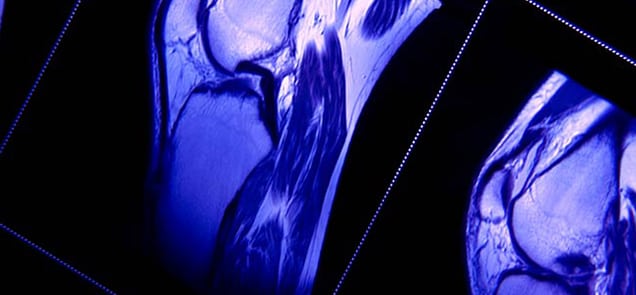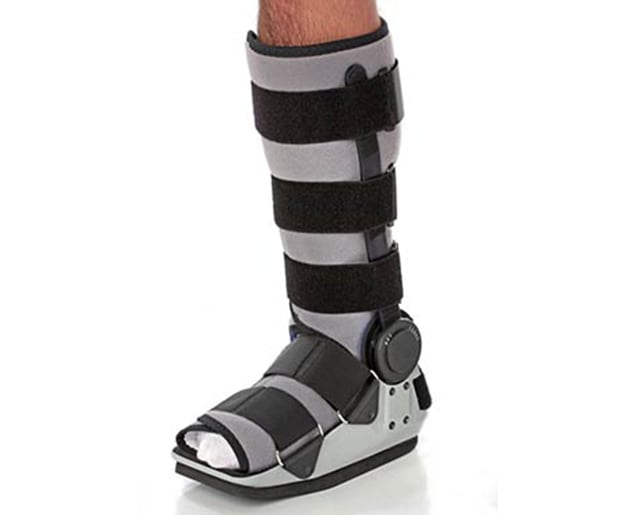
Ligament tears are painful. Learn about the risks ahead of performing physical activity.
Ligaments are short, tough bands of flexible tissue that are comprised of hundreds of individual fibers. They are responsible for connecting your bones together. A torn ligament can occur at any joint, but is most common at the knee and ankle.
- The knee and ankle joints bear a lot of weight
- They are also under a great deal of stress when you are doing physical activities
CONTACT US TODAY
A ligament can be strained when the joint is stretched or twisted further than its normal range. When the ligament is stretched beyond its capacity, it can tear away from the bone at one or both ends. Although athletes are at the highest risk of ligament tears, anyone can experience this type of an injury during exercise, sports, or intense activity.
Causes
Most torn ligaments happen when you are putting excessive stress on your joints, such as during fast-paced or intense sports and fitness activities. Some of the most common actions that can lead to a ligament tear include suddenly slowing down and changing your direction, pivoting while one foot remains in the same place, stopping suddenly, or landing badly from a jump. Receiving a direct impact to a joint, such as a tackle or a fall, can also tear a ligament. Women are at a greater risk of some types of tears because the front of their thighs have stronger muscles than the back of their thighs. This muscle imbalance makes it easier to tear the knee ligaments. Other ligament tears are spread equally between men and women.

Symptoms
When you tear a ligament, you will have a sudden onset of pain and severe swelling. Your joint will be unstable and you may not be able to bear weight on it. The joint will also lose its range of motion. Many people hear a loud pop or feel a popping sensation in the affected joint. You will not be able to continue your activity.
Ligament tears are graded into three levels. A grade 1 tear is mild, grade 2 is moderate, and grade 3 is a complete rupture of the ligament. The symptoms worsen with each grade.
Treatments
As soon as you hear the popping sound of your ligament being torn, first aid care can help to control your pain. Stop what you are doing, rest the joint, apply ice, use a compression wrap, and elevate the affected joint.
An imaging study can show how badly torn your ligament is. For a mild to moderate tear, you may need several weeks of physical therapy and a brace to stabilize your joint. Most athletes and young people will need orthopedic surgery to repair the tear if it is severe. Slow healing or inability to put weight on the joint also mean that surgery is needed. The surgery involves reconstructing the ligament. Your surgeon may replace the torn ligament with a tendon and graft it to the bone. The leftover ligament will grow around the tendon. With physical therapy, your joint should return to full functionality after 8 to 12 months.
